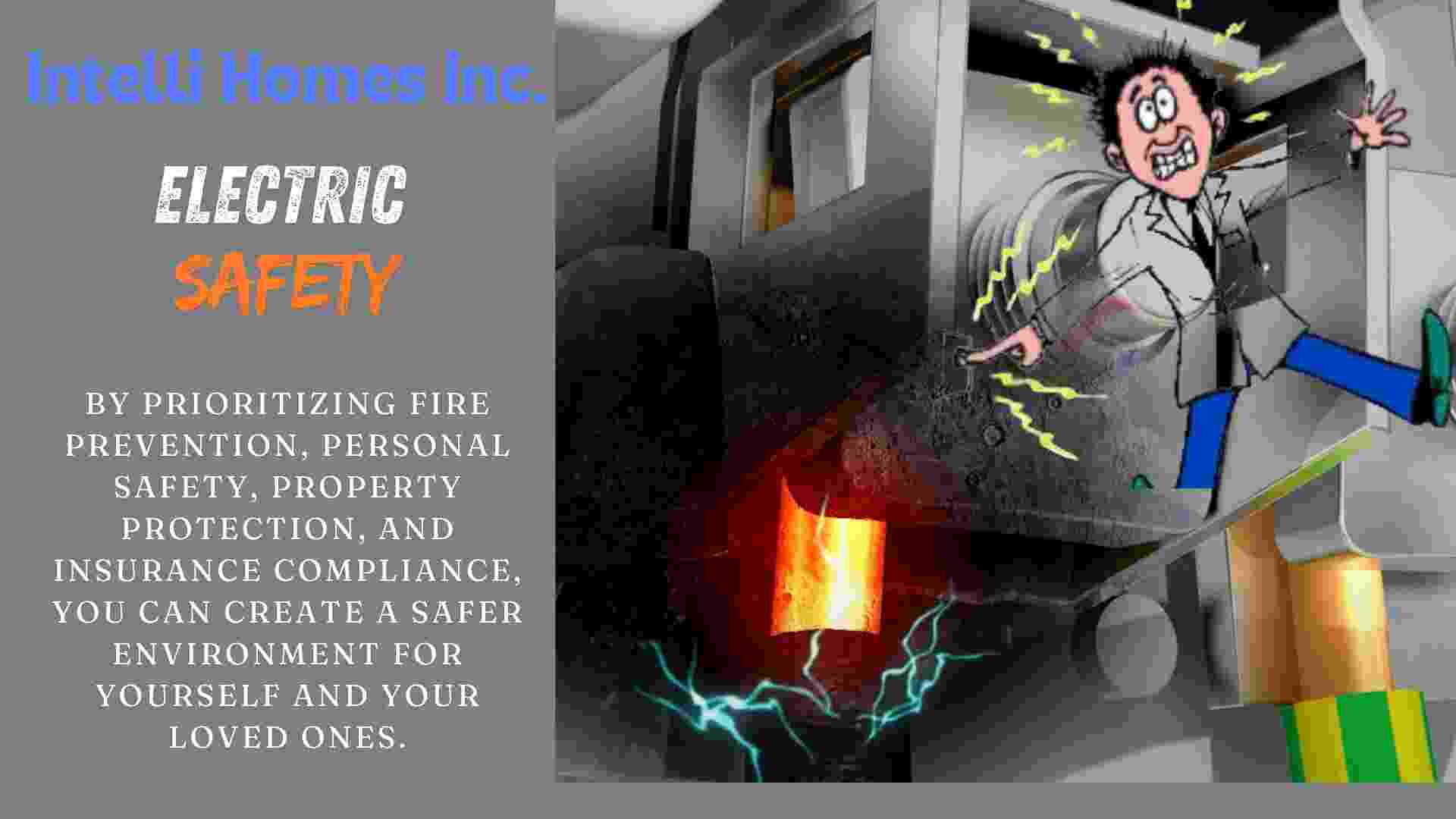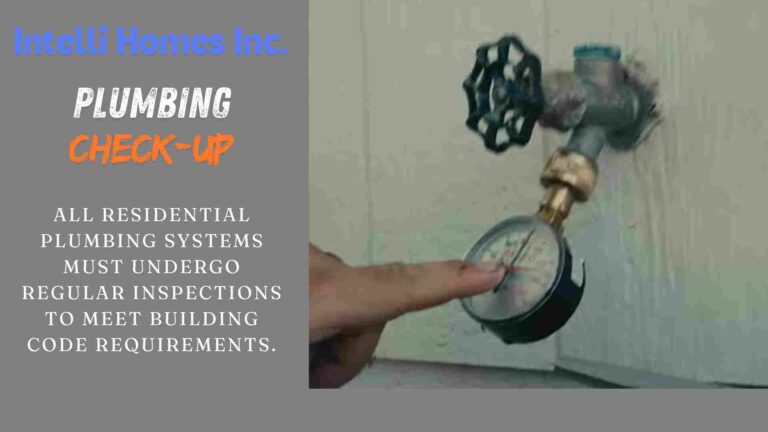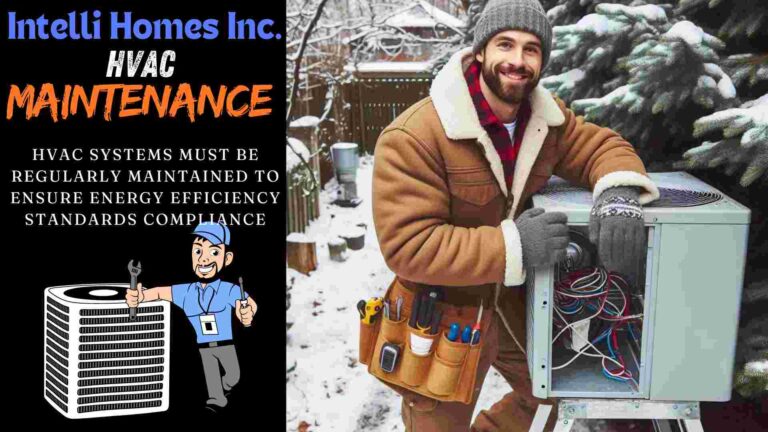Ensuring electric safety is crucial for preventing hazards, protecting personal well-being, and safeguarding property. This guide covers essential aspects of electric safety, focusing on fire prevention, personal safety, property protection, and insurance compliance.
Fire Prevention
Electric fires are among the most common causes of household blazes. Here are some vital tips to help prevent these incidents:
Regular Inspections
Conduct routine inspections of your electrical systems. Look for frayed wires, faulty outlets, or signs of overheating. If you notice anything unusual, contact a licensed electrician immediately.
Proper Use of Extension Cords
Use extension cords temporarily and avoid overloading them. Make sure they are rated for the devices you intend to plug in. Remember, they are not a permanent solution.
Install Smoke Detectors
Smoke detectors are essential for early fire detection. Ensure they are installed on every floor and test them monthly. Replace batteries at least once a year, and replace the detectors every ten years.
Use Surge Protectors
Invest in surge protectors for your electronics to guard against power surges that can cause fires. These devices can absorb excess voltage, protecting your appliances and reducing fire risks.

Personal Safety
Your safety is paramount when dealing with electricity. Here are some key practices to follow:
Stay Aware of Electrical Hazards
Familiarize yourself with the signs of electrical hazards, such as flickering lights or burning smells. If you notice any, turn off the power and seek professional help.
Avoid Water and Electricity
Water and electricity don’t mix. Never use electrical appliances with wet hands or in wet areas, such as bathrooms or near pools. Install Ground Fault Circuit Interrupters (GFCIs) in high-risk areas.
Educate Your Family
Teach your family, especially children, about electrical safety. Make sure they understand the dangers and know not to touch electrical outlets or devices without supervision.
Use the Right Tools
Always use insulated tools when working on electrical projects. These tools are designed to protect you from electric shocks and should be part of your home toolkit.
Property Protection
Protecting your property from electrical hazards can save you from costly repairs and damages. Here’s how:
Upgrade Your Wiring
Older homes often have outdated wiring that can pose risks. Consider upgrading to meet current safety standards. Consult with an electrician to assess your home’s electrical system.
Install Arc-Fault Circuit Interrupters (AFCIs)
AFCIs can detect electrical arcs and shut off the circuit, preventing fires caused by faulty wiring. Installing these devices in your home can enhance safety significantly.
Maintain Your Appliances
Regular maintenance of electrical appliances can prevent malfunctions. Follow the manufacturer’s guidelines for care and servicing, and replace any damaged items promptly.

Insurance Compliance
Understanding your insurance policy can help you stay compliant and protected. Here’s what to keep in mind:
Know Your Coverage
Review your homeowner’s insurance policy to understand what electrical-related damages are covered. This knowledge can help you make informed decisions about upgrades and repairs.
Document Your Assets
Keep a record of your electrical appliances and systems, including receipts and warranties. This documentation can be invaluable in the event of a claim.
Perform Regular Safety Audits
Conducting safety audits not only helps you maintain compliance with insurance requirements but also identifies potential risks. Share these findings with your insurance provider for better coverage insights.
Conclusion
Electric safety is a critical aspect of home and personal protection. By prioritizing fire prevention, personal safety, property protection, and insurance compliance, you can create a safer environment for yourself and your loved ones. Remember, when in doubt, consult a professional to ensure that all your electrical systems are up to code and functioning safely. Stay safe and proactive!




